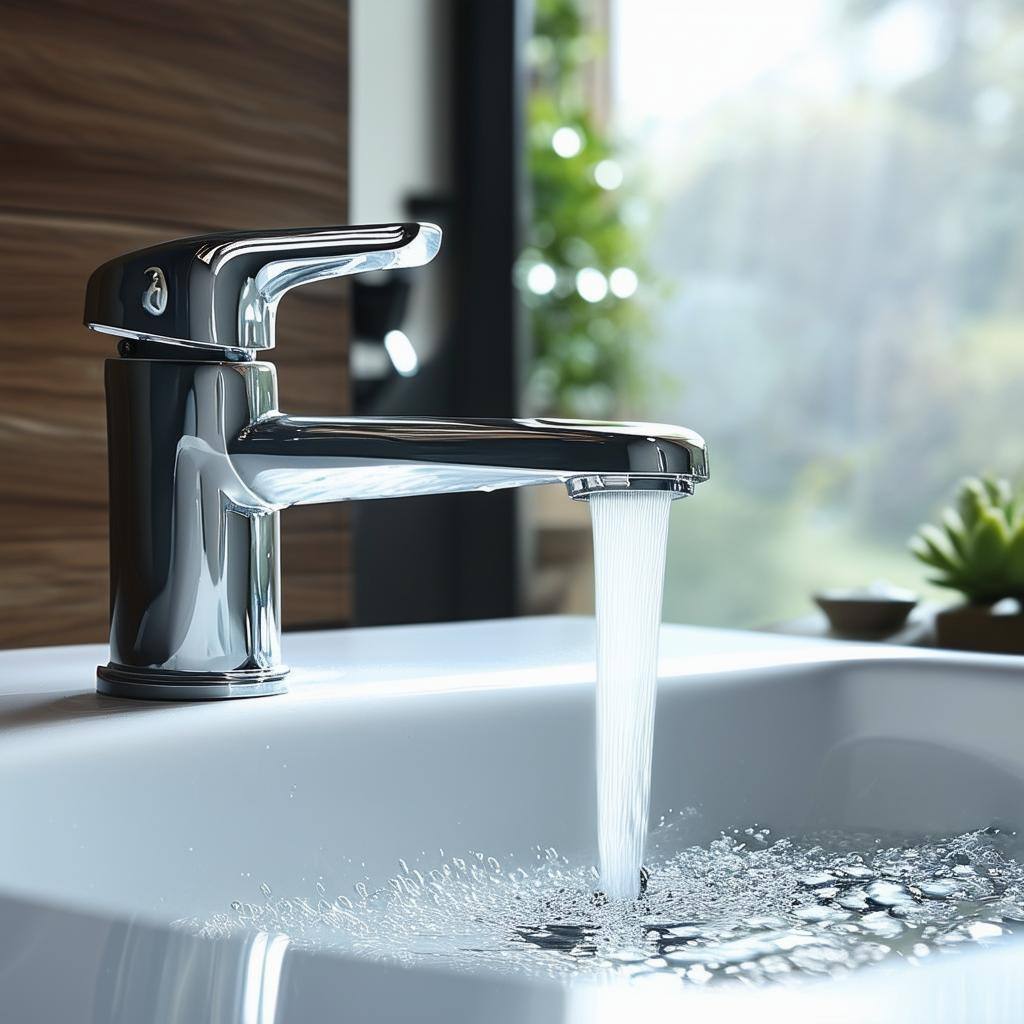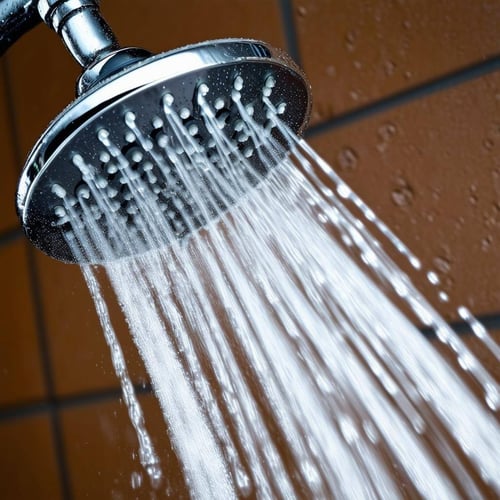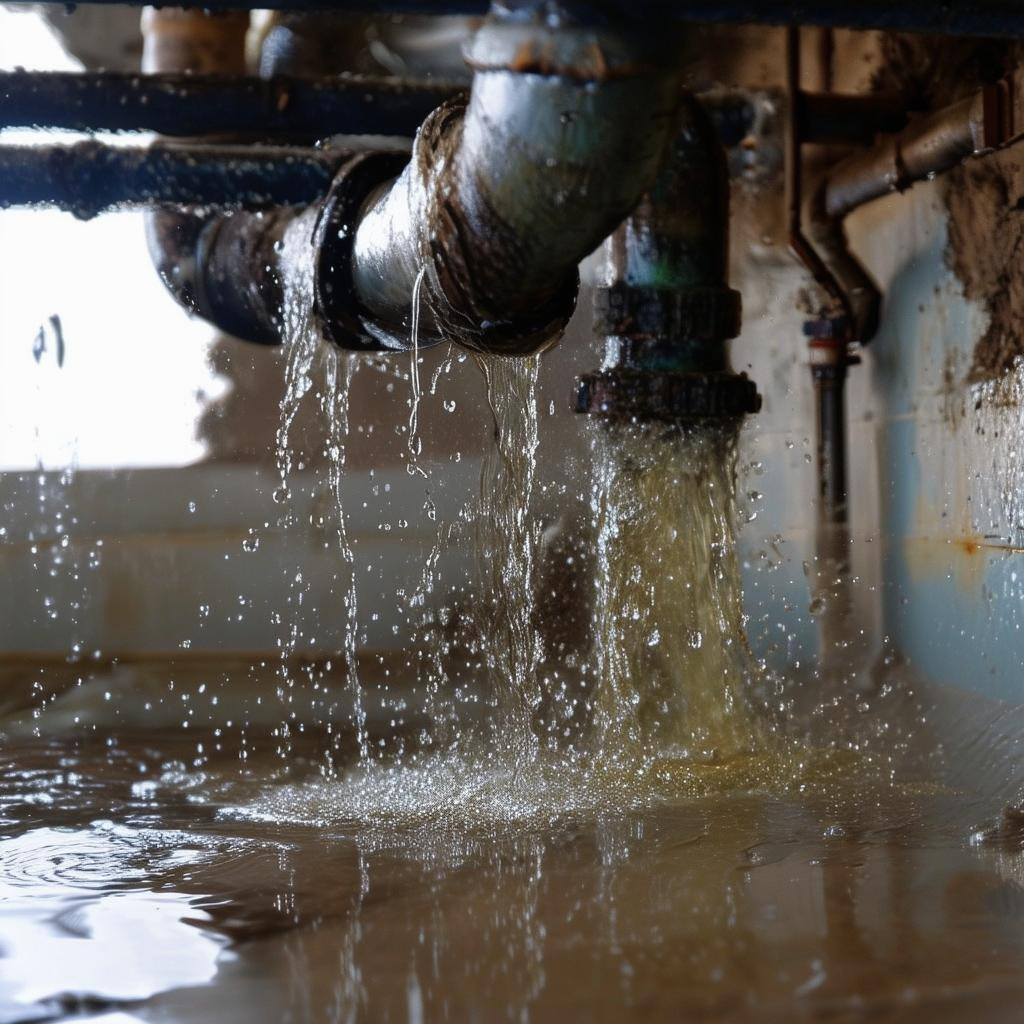Winterizing Irrigation System
Winterizing Your Irrigation System
Winterizing your irrigation system is crucial for protecting it from freezing temperatures that can cause pipes and components to crack or burst. By properly draining the system and removing any excess water, you prevent damage that could lead to costly repairs. Blowing out the lines with compressed air is a common method to ensure all water is expelled from the pipes. Shutting off the water supply to the system and insulating exposed pipes can further safeguard your irrigation setup. Winterizing your system helps extend its lifespan and ensures it’s ready to go when you need it again in the spring.
See tips, including a video tutorial, below!
Why You May Need to Shut Off Water
Winterization
Your sprinkler system can often freeze during frigid weather, with the potential for lines to bust when they thaw. Shutting off & draining your water before the freezing temperatures can save you from damage & costly repairs.
Repairs
If you're fixing the irrigation system, shutting off the irrigation is necessary to prevent water from flowing during repairs
Winterizing Your Irrigation System:
Tip #1: Know Where It's Located
It is generally outside, often close to the street, but will vary from house to house.
Tip #2: Different than Main Water Line
There will also be a shut off to the main water line. The cover to each valve should be labeled.
Tip #3: Water Shut Off Key
A helpful tool is a water shut off key to easily turn the valve on and off. Alternatively, you can use a wrench or other traditional tools
Prefer Us to Do?
Want us to knock out 25 recommended DIY preventative maintenance & home hygiene tasks for you?
80% of repairs are from a lack of routine maintenance - check out the Home Health Plan, below!
You May Also Like
These Related Stories

Unclogging Sink Drains

Cleaning Your Shower Head
